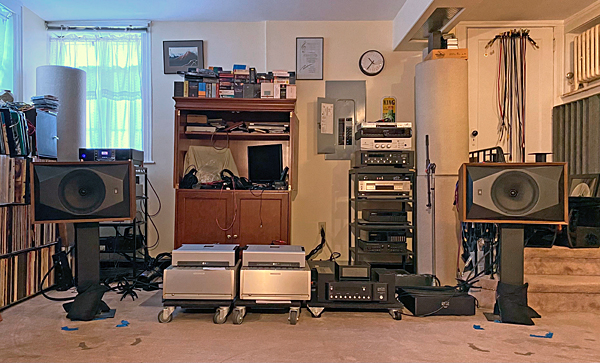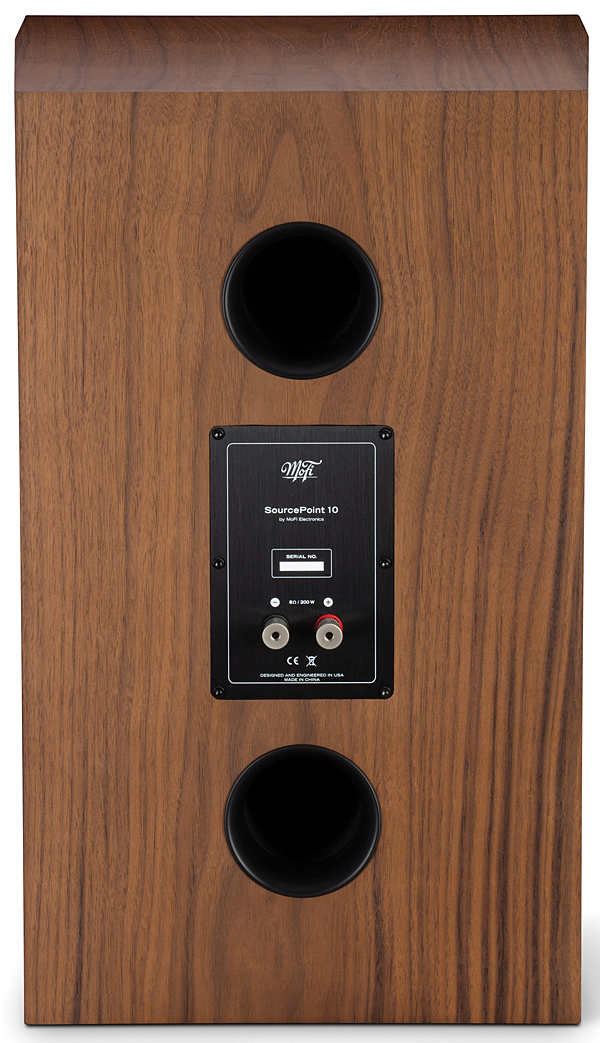| Columns Retired Columns & Blogs |
The sound quality of these speakers is nowhere near the level of hype it is receiving! Mr. Atkinson seems to like it, but it does not sound like he is doing backflips, nor that the speaker is in any way a giant killer.











































